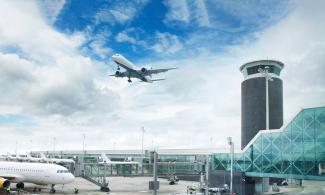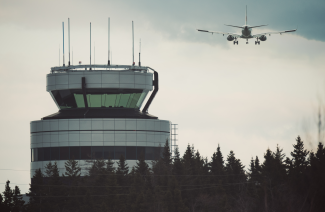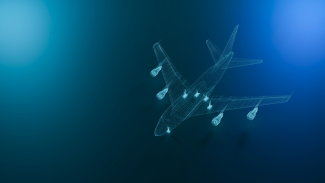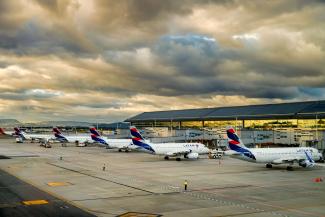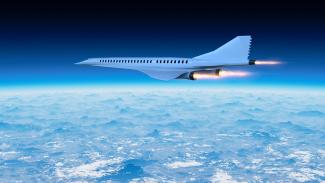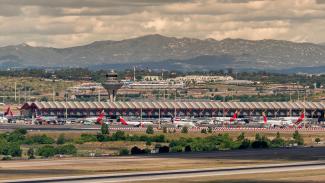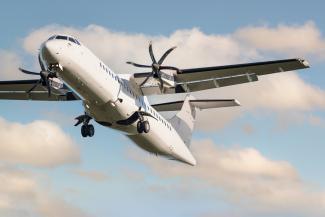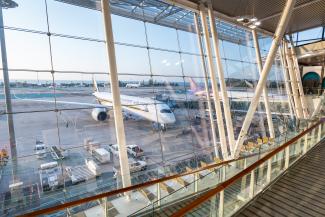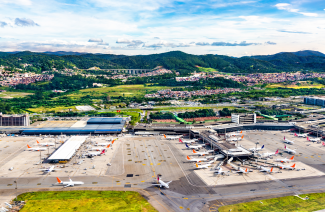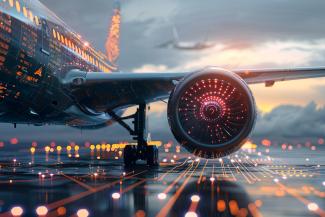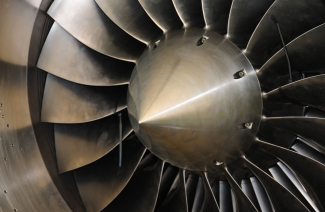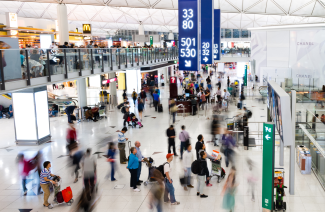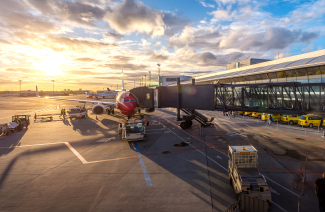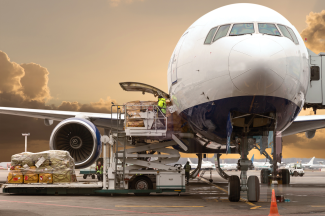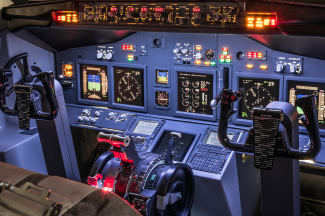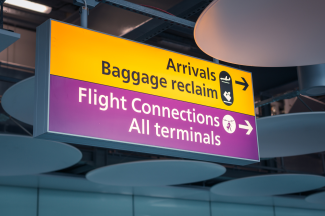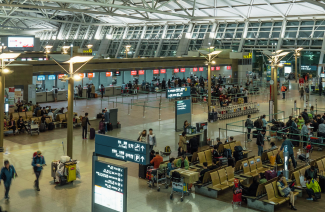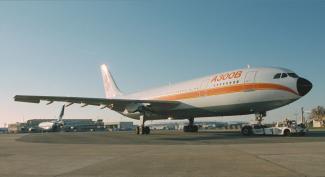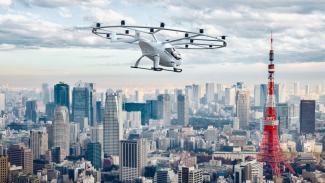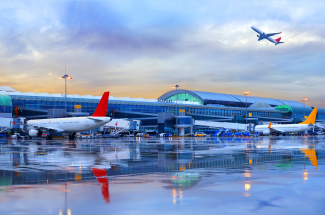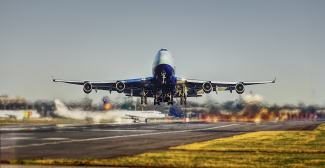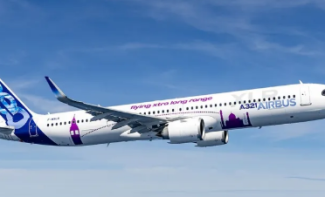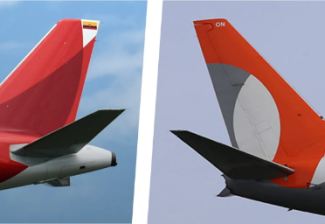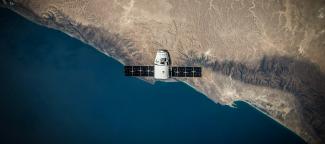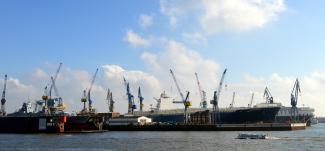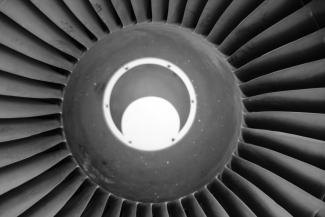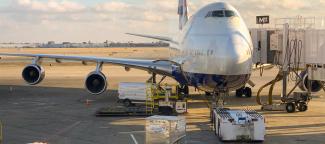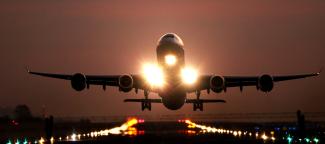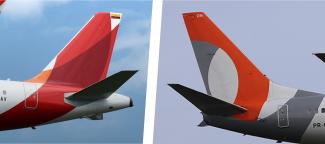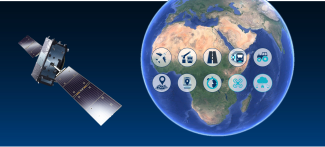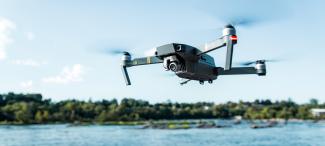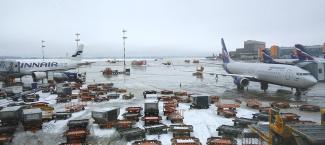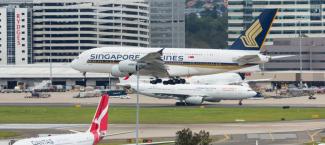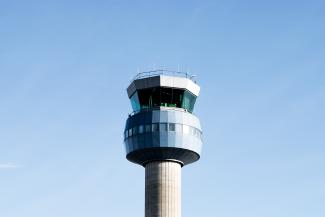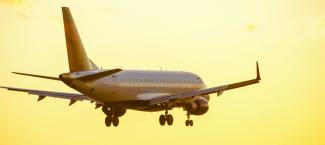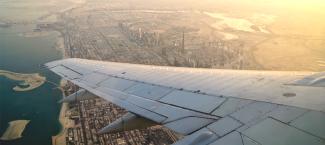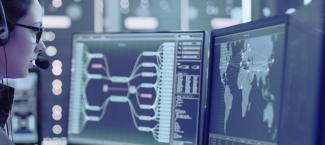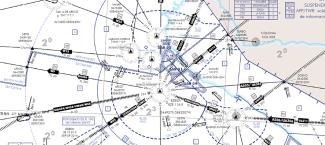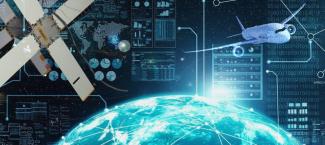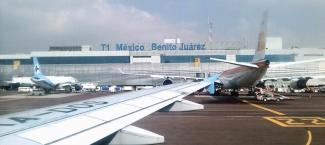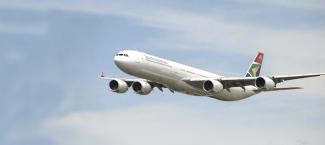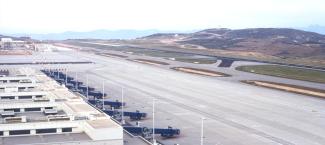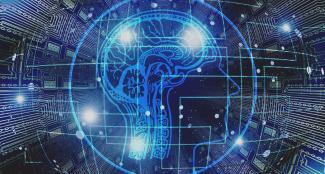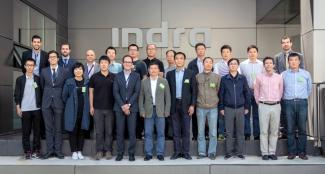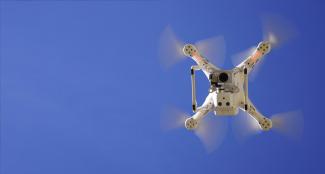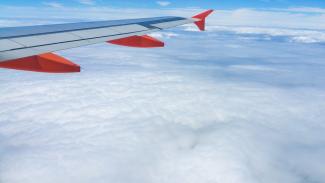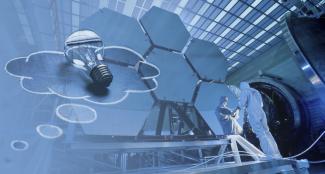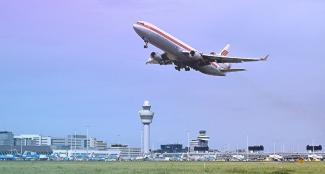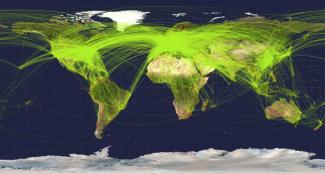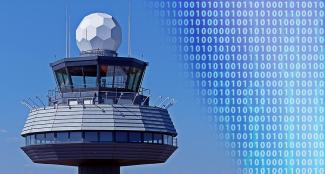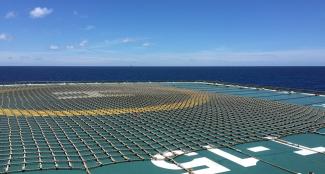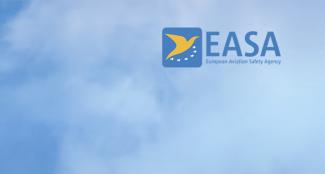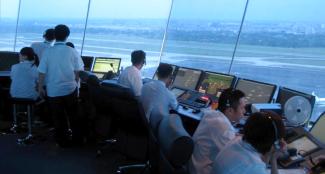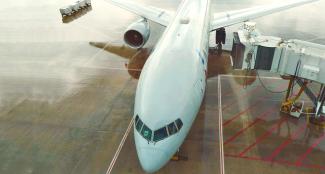Air Traffic Control (ATC) is one of the fundamental pillars of the modern aviation system. Professionals in this field are responsible for coordinating and managing the movement of aircraft in airspace and at airport surfaces, ensuring that take-offs, landings, and flight paths are carried out safely and efficiently. This task requires a combination of technical, cognitive, and emotional skills, making ATC one of the most demanding professions within the transportation sector.
From a regulatory standpoint, the legal framework governing this activity in Spain includes provisions that establish operational requirements, safety standards, and working conditions for controllers. These regulations emphasize the importance of limiting shift durations and introducing regular breaks to preserve attentional capacity, prevent fatigue, and ensure optimal performance. Additionally, the need for specific regulation of working conditions is acknowledged due to the critical nature of tasks carried out under pressure in highly dynamic environments.
Traditionally, air traffic control operations, particularly aerodrome control, have been conducted from physical control towers located within the airport itself. These structures enable direct supervision of the operational environment through visual observation, which is considered essential both by current regulations and numerous scientific studies. Direct observation provides controllers with a rich source of contextual information, facilitating quick and precise decision-making.
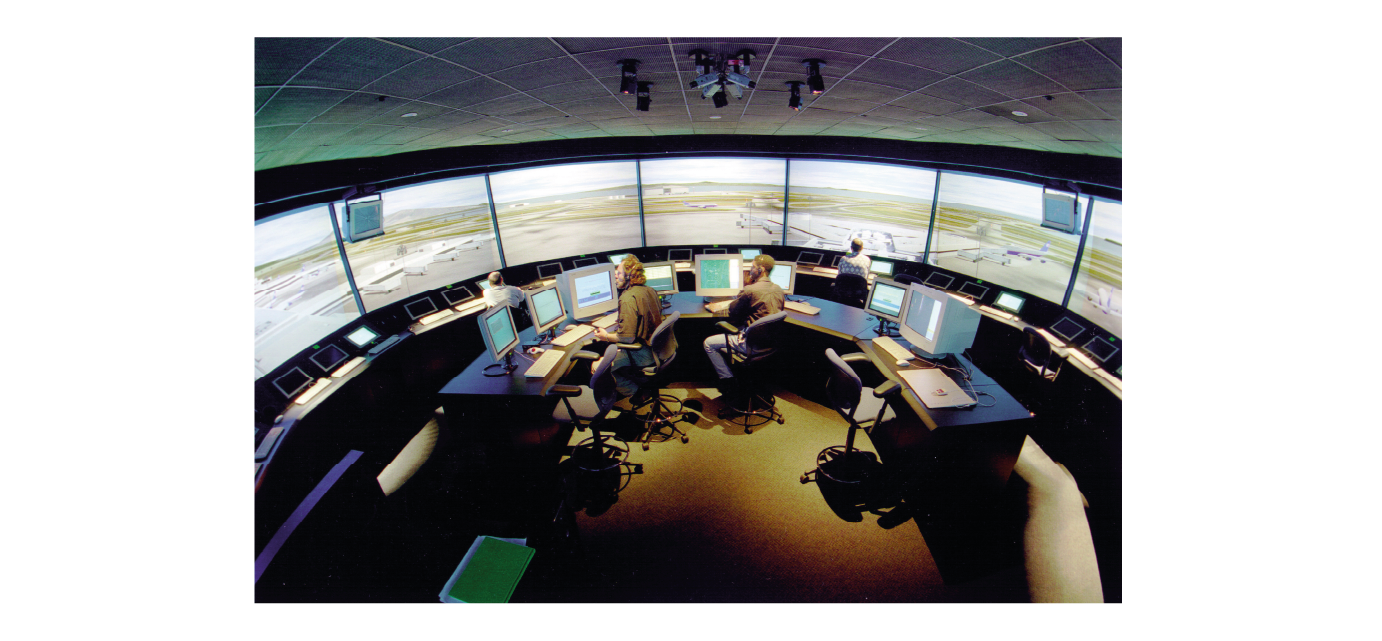
However, in 2015, a disruptive technological innovation was introduced: remote digital towers. This new model enables ATC operations to be carried out from facilities physically detached from the airport, using high-resolution camera systems, sensors, and panoramic screens to replicate the view from the control tower. While this setup offers operational advantages, such as service centralization and greater logistical flexibility, it also raises relevant psychological, cognitive, and ergonomic concerns.
In particular, the transition toward technology-mediated artificial environments has raised concerns about a potential increase in cognitive load, a reduction in situational awareness, and a weakening of emotional bonds with the operational environment. These technological changes also introduce new adaptive demands that require special attention from those designing, supervising, and regulating these environments.
The gradual adoption of remote digital towers has radically transformed the operational ecosystem of air traffic control. This model assumes that controllers are no longer physically located within the airport but instead perform their duties from remote centers, usually situated in technical rooms or administrative buildings far from the natural environment of the aerodrome. This spatial disconnection introduces new variables into the perceptual and cognitive dynamics of controllers, who now rely entirely on technological mediation to interpret operational situations.
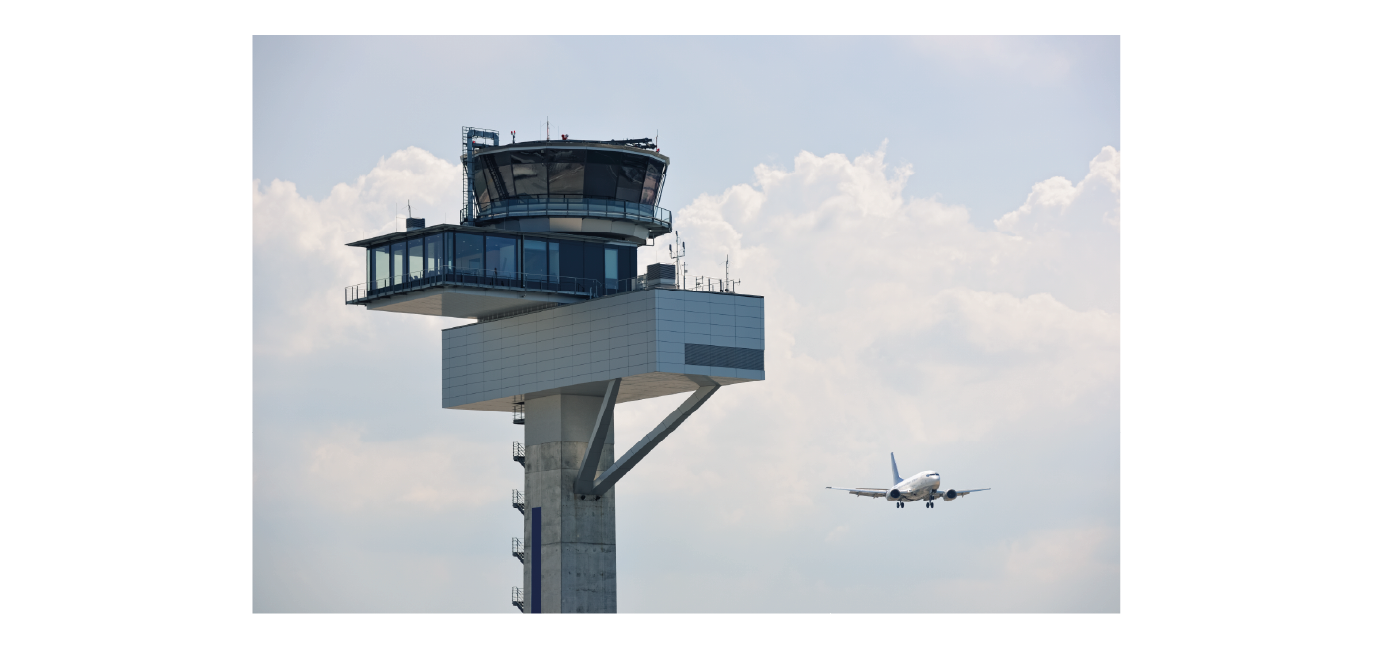
Behind the screens: what research is revealing
Scientific literature has documented that these artificial environments (i.e., facilities without natural stimuli) may lead to significant cognitive overload. For instance, the additional effort required to process visual stimuli symbolically, combined with the need for wide eye and head movements, increases attentional fatigue and may affect reaction times. Moreover, the indirect representation of the environment may compromise the controller's situational awareness, particularly during unforeseen or emergencies.
The loss of direct visual contact, replaced by images transmitted through large-format screens and multiple camera angles, requires a reconfiguration of sensory channels. Some studies have highlighted that certain digital interfaces may produce visual distortions at the screen edges, which can impair accurate spatial perception. This, in turn, can hinder the ability to precisely detect objects, movements, or significant deviations within the operational environment. This phenomenon of sensory substitution is not exclusive to the aeronautical field.
Studies conducted in closed operational environments such as submarines or Antarctic stations provide a useful reference framework. Prolonged confinement in enclosed environments, such as submarines, has been associated with an increase in physiological and psychological symptoms related to sensory deprivation. Common effects include sleep disturbances, headaches, and reduced alertness. These symptoms tend to be more pronounced during the initial weeks, indicating early challenges in adapting to the absence of natural stimuli.
Similarly, sensory restrictions have been shown to negatively impact higher executive functions. The absence of rich and varied multisensory information, replaced by symbolic and artificial visual data streams, limits the activation of brain systems associated with sustained attention, working memory, and emotional regulation. In the case of controllers, this could result in a deterioration of their ability to anticipate critical situations, resolve conflicts, and make rapid and effective decisions.
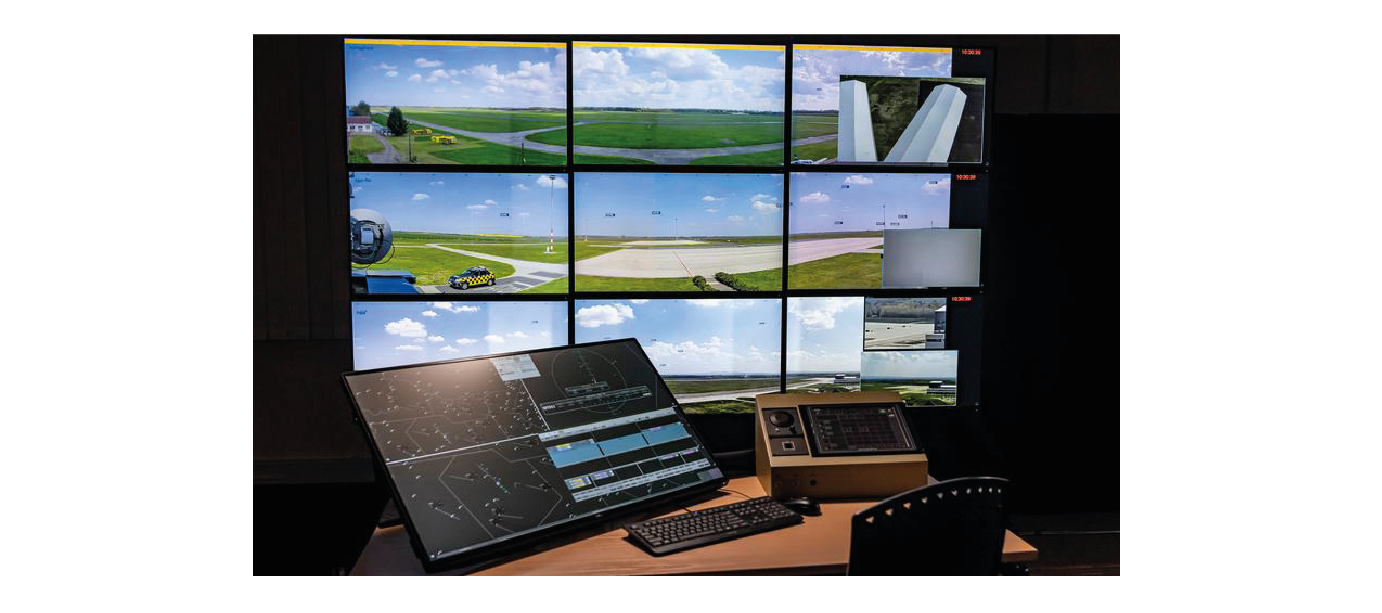
A fundamental component directly impacted by the transition to digital environments is situational awareness. This concept involves a multi-level cognitive process that includes perceiving relevant elements in the environment, understanding their significance, and anticipating their potential evolution. When professionals must rely exclusively on digital systems to interpret their surroundings, this comprehensive awareness can be diminished. Limitations in the quantity or reliability of available information—whether due to technical issues or human error—can impair accurate assessments. A decline in situational awareness poses a serious risk to operational safety, particularly in high-demand settings where the ability to anticipate conflicts, predict trajectories, and coordinate actions in real time is essential. The absence of contextual cues such as ambient sound, natural visibility, or direct visual motion reduces sensory integration, potentially undermining the quality of decisions made under high pressure.
Evidence gathered from analogous environments, such as submarines or polar stations, suggests that sensory deprivation and prolonged exposure to artificial stimuli can negatively affect executive functions essential for operational safety. In this context, working memory, sustained attention, emotional regulation, and decision-making are particularly vulnerable to the effects of this new technological setting. These functions not only enable effective operation but also serve as protective mechanisms against human error in high-pressure situations.
In light of the above, it is recommended to promote rigorous and systematic empirical research to assess the effects of remote digital towers on ATC performance and well-being. Such studies should include neuropsychological indicators, stress measurements, operational performance records, and analyses of errors or incidents linked to perceptual disconnection. In addition, it is essential to design specific cognitive and emotional training protocols to prepare personnel for the particular demands of these artificial environments.
In practical terms, the integration of multisensory stimulation strategies within remote control rooms is recommended to compensate for the loss of natural information. These strategies may include lighting adjustments, realistic ambient sounds, scheduled breaks with natural visual stimuli, or even immersive virtual reality elements. At the same time, training programs should be developed in executive functions, sleep hygiene, and stress management to reinforce controller self-regulation and resilience.
From a system design perspective, it is vital to rethink human-machine interfaces to reduce cognitive load, enhance visual clarity, and minimize perceptual distortions. It is suggested to involve experts in neuroergonomics, usability, and user-centered design in all stages of technological development and implementation. Moreover, regulatory and normative frameworks must evolve in parallel with technical advancements, incorporating psychological and cognitive assessment criteria in operational audits.
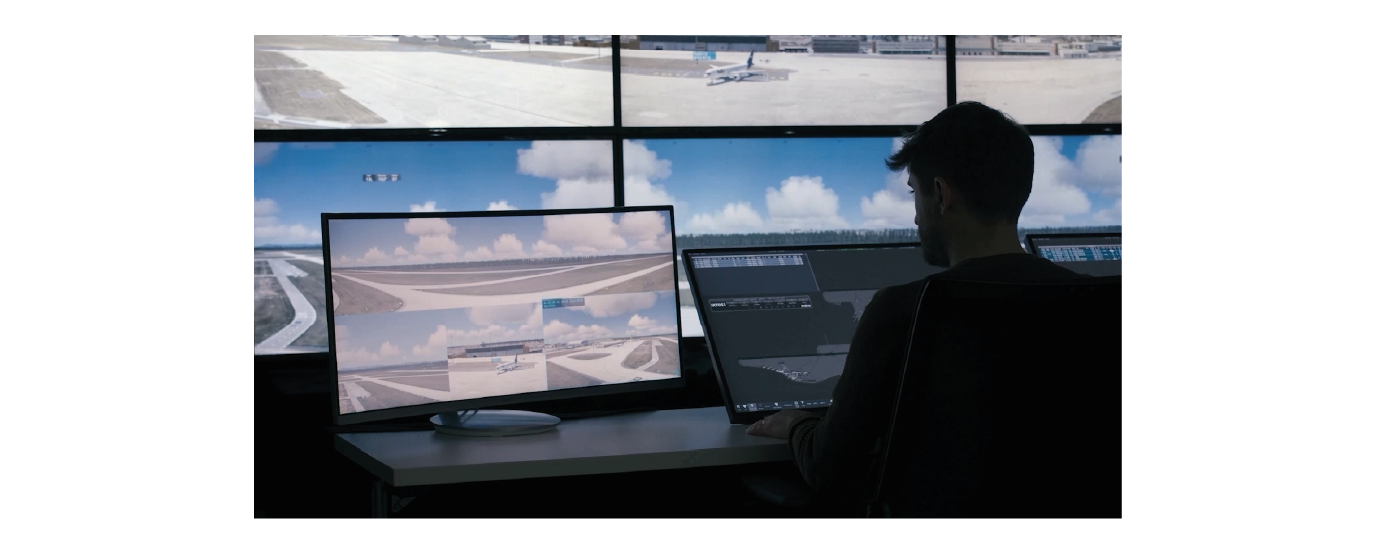
One of the most relevant findings from this analysis is the central role of situational awareness in ATC practice. This capability, widely studied in high-risk contexts such as aviation and emergency medicine, is a dynamic and multicomponent process that allows professionals to construct an updated mental representation of the operational environment. SA depends not only on sensory access to information but also on the integration of data, working memory, prior experience, and the ability to anticipate future events. In contexts where direct perception is mediated by technology, such as remote towers, these processes can be compromised unless appropriate compensatory measures are implemented.
Another critical aspect is the need to adapt training and professional development programs to these new artificial environments. The contemporary controller profile must integrate not only technical and regulatory skills but also competencies related to cognitive flexibility, emotional resilience, and efficient use of new technologies. Immersive simulators, applied mindfulness training, attentional self-regulation, and situational visualization techniques emerge as valuable tools for strengthening the cognitive skillset required for effective performance in these evolving roles.
Finally, the ethical and social implications of this paradigm shift must not be overlooked. Physical separation from the operational setting raises questions about professional alienation, a sense of belonging, and a long-term impact on job motivation. While newer generations of controllers, more accustomed to digital environments, may show better initial adaptation, it is essential to study whether this adaptation sustains performance and well-being over time. Intergenerational differences should also be considered when designing organizational policies to avoid one-size-fits-all training and supervision strategies.
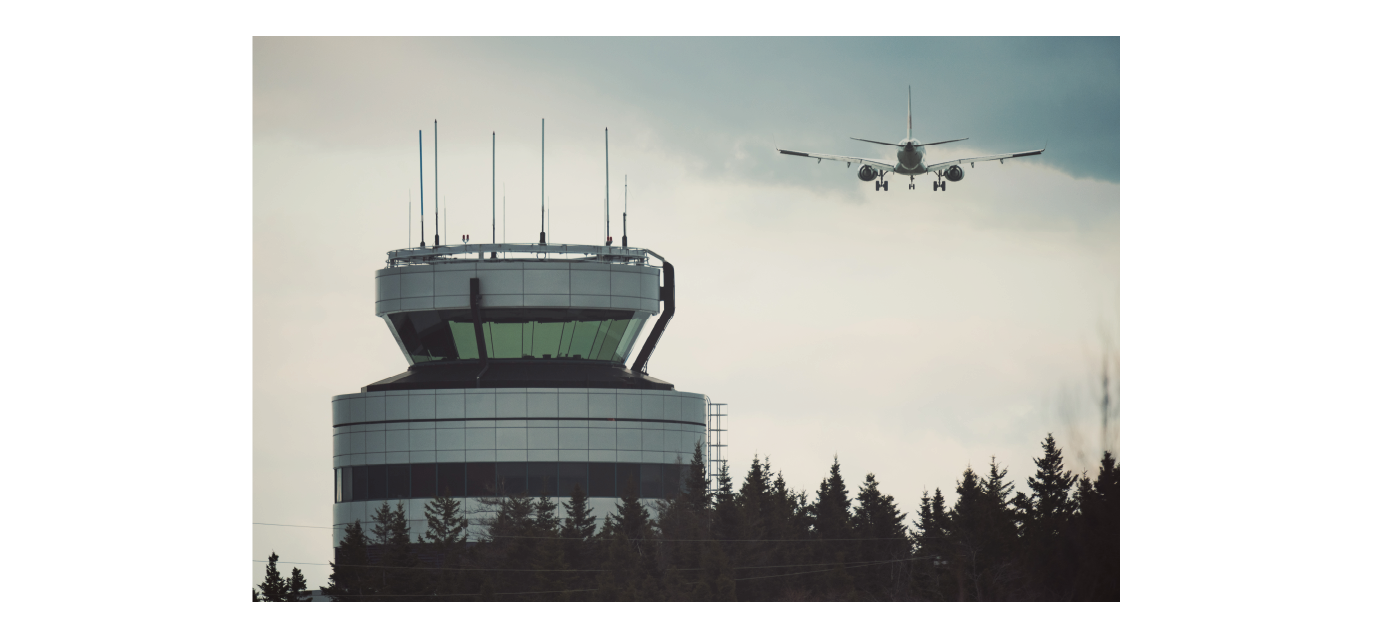
Conclusions and recommendations
The implementation of remote digital towers marks a profound structural transformation in the air traffic control model. While this system brings notable benefits in terms of efficiency, flexibility, logistics, and cost-effectiveness, it also introduces critical challenges that must be carefully addressed. These include the reconfiguration of the sensory environment, increased cognitive demands, emotional detachment from the operational context, and potential declines in situational awareness and executive functioning—core elements essential for maintaining safety in air traffic operations.
Given this situation, the following recommendations are made:
- Promote longitudinal empirical studies that measure cognitive performance in remote environments.
- Introduce training modules on mindfulness, emotional self-regulation, and cognitive flexibility.
- Adapt the design of technological interfaces to reduce perceptual load and improve the operational experience.
- Implement psychophysiological monitoring tools to detect early symptoms of fatigue or overload.
- Design adaptive protocols that integrate both the technical and human dimensions of ATC work.
Ensuring a safe transition to remote towers requires a comprehensive approach that combines technological advances with a deep understanding of human capabilities and limitations. Only then will it be possible to maintain the safety and efficiency standards that characterize modern aviation.
References
- https://eu-lac-app.eu/project-activities/regional-workshop-on-remote-towers
- Endsley, M. R. (1995). Toward a theory of situation awareness in dynamic systems. Human factors, 37(1), 32-64.
- Li, W. C., Moore, P., Zhang, J., Lin, J., & Kearney, P. (2022). The impact of out-the-window size on air traffic controllers’ visual behaviours and response time on digital tower operations. International Journal of Human-Computer Studies, 166, 102880.
- MURRAY, J., & GARLAND, F. C. (2000). A method for monitoring the health of US Navy submarine crewmembers during periods of isolation. Environ Med, 71, 699-705.

